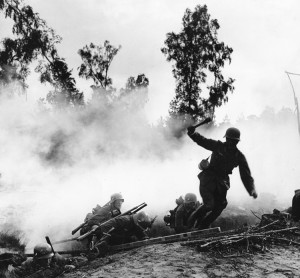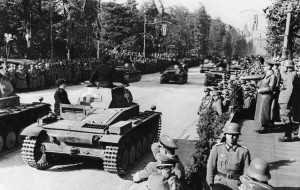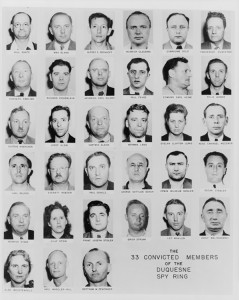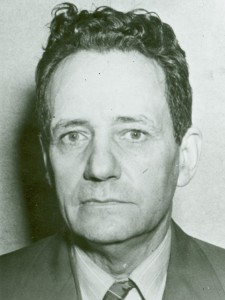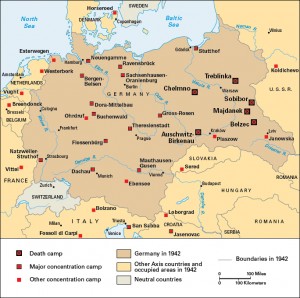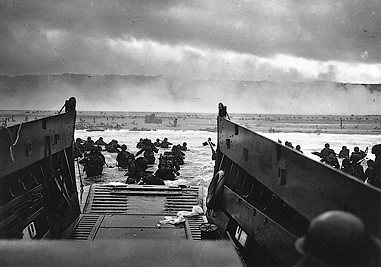V-E Day: 75th Anniversary
Friday, May 8th, 2020May 8 marks the 75th anniversary of V-E Day. V-E stands for Victory in Europe. It was officially proclaimed by United States President Harry S. Truman on Tuesday, May 8, 1945. It marked the surrender of the German armed forces and the end of the fighting against Germany in World War II (1939-1945).
Upon Germany’s defeat, celebrations erupted in towns and cities across the world. Crowds took to the streets to sing, dance, and rejoice. British prime minister Winston Churchill marked the occasion by declaring May 8 a public holiday. It was the end to nearly six years of conflict in Europe that had cost the lives of millions and caused huge suffering worldwide.
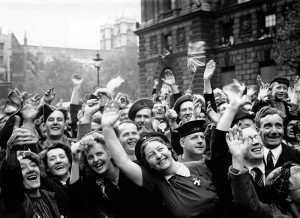
A cheering crowd in London, England, welcomes the end of fighting in Europe during World War II on May 8, 1945—a day remembered as Victory in Europe (V-E) Day.
Photo credit: © Popperfoto/Getty Images
Leading up to V-E Day. The Allies began their final assault on Germany in early 1945. Soviet soldiers reached the Oder River, about 40 miles (65 kilometers) east of Berlin, in January. Allied forces in the west occupied positions along the Rhine by early March.
British and Canadian forces cleared the Germans out of the Netherlands and swept into northern Germany. American and French forces raced toward the Elbe River in central Germany. The German dictator Adolph Hitler ordered his soldiers to fight to the death. But large numbers of German soldiers surrendered each day.
As they advanced, the Allies discovered horrifying evidence of brutality by Germany’s Nazi regime. Hitler had ordered the imprisonment and murder of millions of Jews and members of other minority groups in concentration camps. The starving survivors of the death camps gave proof of the terrible suffering of those who had already died. The full nature and reality of the Nazi’s state-sponsored, systematic murder of Jews and others, known as the Holocaust, came to light in later months and years.
The Allies left the capture of Berlin to Soviet forces. By April 25, 1945, Soviet troops had surrounded the city. From a bunker (shelter) deep underground, Hitler ordered German soldiers to fight on. On April 30, however, Hitler killed himself rather than face defeat. With him died the Third Reich (Third Empire), the Nazi term for the empire in which they hoped to unite all Germanic peoples.
The fighting in Berlin claimed the lives of over 70,000 Soviet soldiers. The Germans propped up their remaining units with children and elderly reservists. Thousands of them died in that last week of fighting.
German Grand Admiral Karl Dönitz briefly succeeded Hitler and arranged for Germany’s surrender. On May 7, 1945, General Alfred Jodl, chief of staff of the German armed forces, signed a statement of unconditional surrender at the headquarters of Allied leader Dwight D. Eisenhower in Reims, France. World War II had ended in Europe. The Allies declared May 8 as V-E Day.

